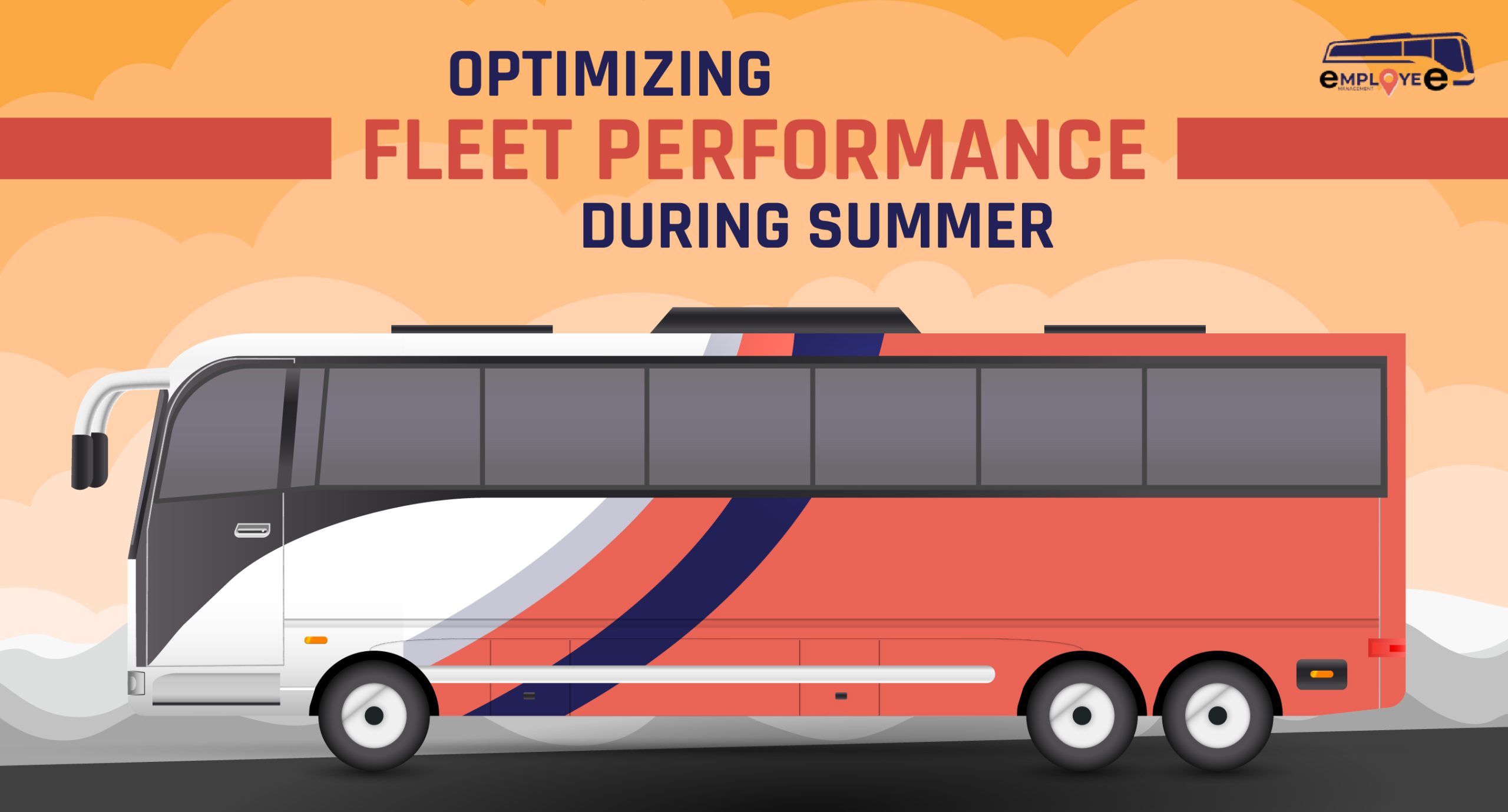Summertime in 2022 is scorching than the previous years. Temperatures have gone to an all-time high of late and it’s really hard to stay outdoors these times.
With the increase in global warming, things have gone worse. Heat cramps, dehydration, and fainting are common among people.
While you take the case of transportation, there are so many important things to be considered that would be grist to the mill while traveling during the summertime.
These precautions and measures if adopted properly would benefit the drivers, travelers, and the managers who manage the fleet of vehicles in an organization.
1. Get the help of GPS
With the help of GPS-enabled tracking devices, it’s capable of re-routing the whole fleet route away from traffic congestions, summer congestion. This can also help the drivers to avoid time-wasting trips back to the office.
2. Optimum Route Finding
Getting stuck up in a traffic jam this summer would be the last thing you want to have. Always use mobile applications like Waze to give an outline of the traffic setup on your scheduled route and suggest better ways to avoid it.
3. Save Fuel
Adopt strategies like tracking and maintaining a list of your fuel expenses. As you know during summertime, the fuel usages are high compared to normal seasons. Always park your vehicles in places that provide shade.
4. Have the Data
Data is gold. Always have the previous years’ analytics on vehicle performance, fuel efficiencies, employee efficiency, and devise a proper plan according to it for optimizing fleet performance.
5. Maintenance Concerns
Maintenance costs are always high during summertime. Statistics say that the engine heat may go up by 20% during a hot season depending on the climate followed by wear and tear for tires at 15%.
The air conditioner maintenance is one spot of bother that needs to be taken care of.
6. Air Condition Usage
Always switch off the air condition systems while not required. It’s advisable to use the air condition on optimum levels as the chances of it getting damaged are very high.
7. Vehicle Overheating
Nothing is more frustrating than a breakdown on a sunny day. Imagine how many people it would affect in an organization if something like that happens. In order to avoid this scenario, the vehicle caretakers need to refill and clean the vehicle cooling systems.
Technology has advanced to a level wherein engine diagnostics could be sent to the fleet managers and make them aware of the systems once in a while.
The OBD can be installed and setup in the vehicle dashboard and updates can be sent to the control room. Engine diagnostic data is very critical in these circumstances.
8. Tire and Batteries
Underinflated and overinflated tires are a big no in the case of summertime. The chances of the tires getting deflated quickly are very high. Properly inflated tires would add value while fleet optimization is taken into account.
With respect to batteries, studies show that summer heat kills batteries 33% faster. The overheat increases the chemical processes occurring in lead-acid batteries and it would make the battery electrolytes evaporate.
Preventive maintenance checkups are very important for batteries during summertime.
9. Engine Belt Maintenance
The engine belts are to be inspected for cracks, wear, and tears during summertime. This check is often overlooked by the caretakers of the vehicle, but if it’s done properly, can save a lot of time and money.
The below-given costs are the main costs that would incur while doing maintenance during summertime.
- Wear and tear on vehicles
- Air condition overheating
- Diminished Vehicle power
- Poor visibility
- Tire wear
- Brake wear
A fleet manager must be ready and thoughtful about optimizing the whole process from end to end fleet management. There are different aspects of technology apart from traditional ways that can create a positive impact in this domain.
Technology-wise, here are a few things to be adopted and implemented thoroughly,
- Fleet analysis, routing, and fleet right-sizing
- Fleet assessment and performance benchmarking
- Operational cost analysis
- Evaluation for performance improvement opportunities
- Specifications and configurations
- Equipment utilization
- Resources review
Conclusion
The development of an in detail optimizing fleet performance enhancement plan which displays optimization opportunities and realization of financial and operational gains are important when fleet management is taken into consideration.
Ongoing monitoring and an action plan are to be set up to ensure iterative improvement in fleet optimization every time. This should not be kept as an erratic process.
Usage of fleet optimizing applications which include global positioning system hardware can always improve the performance.

